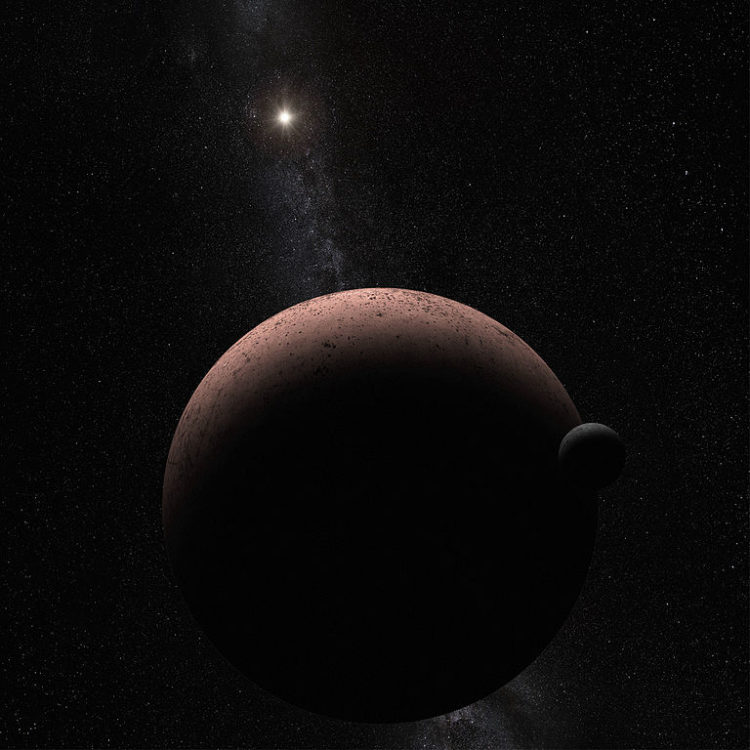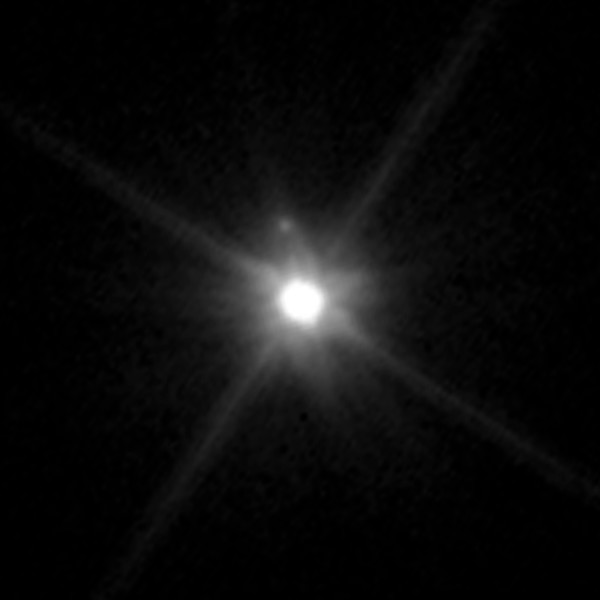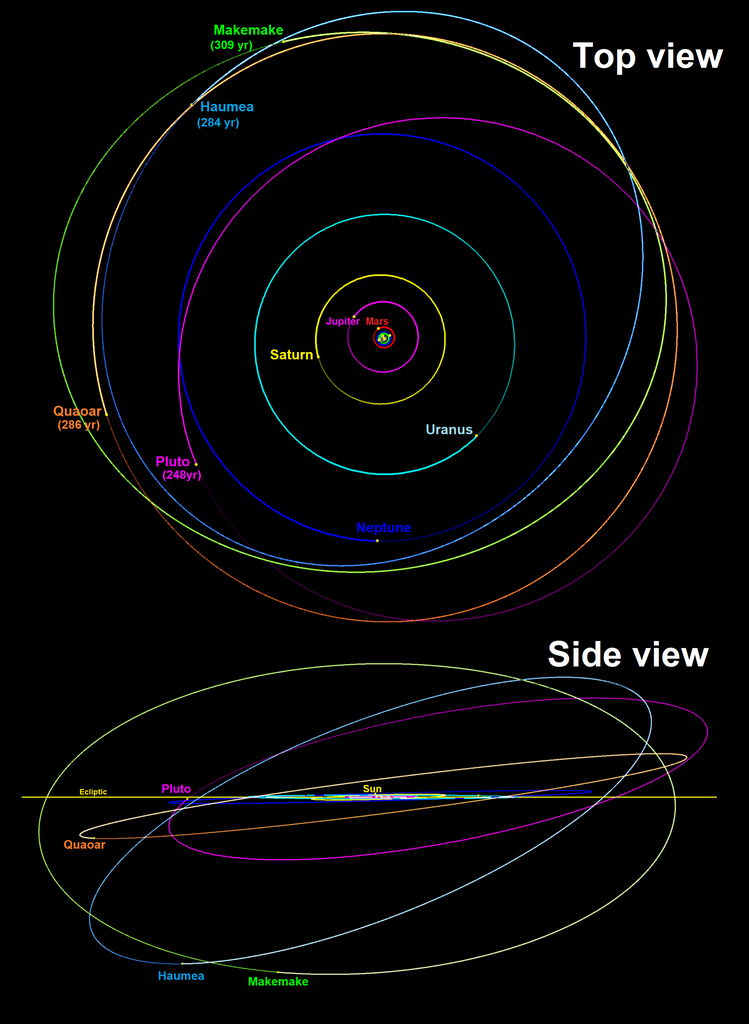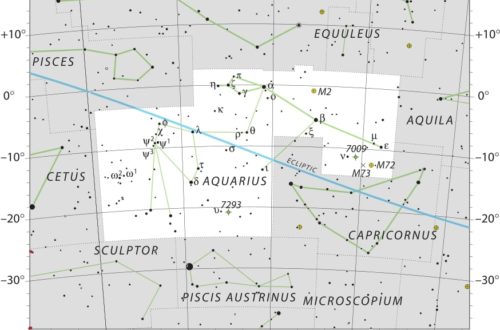A Good Time to Observe Dwarf Planet Makemake

On March 29, we have a great opportunity to observe the dwarf planet Makemake. It will be at opposition, which means it will reach the highest point in the sky at around midnight and be opposite to the Sun.
Would you like to be notified of stargazing events?
At around the same time Makemake will also reach its closest point to the Earth (perigee) at a distance of 51.77 AU. Its peak brightness will be an apparent magnitude of 17.1, which makes it the brightest trans-Neptunian object after Pluto.
Despite this, you will need a 4 inch telescope at least. Look in the constellation of Coma Berenices. If you miss it, you can still see it for many days to come, because it has a large orbit and so it takes a long time for it to move away from the point of perigee.
See more information and other astronomical events in our stargazing calendar for March 2023.

Makemake was discovered on March 31, 2005 by a team led by astronomer Michael E. Brown. Originally it was nicknamed “Easterbunny” because it was discovered shortly after Easter. But later it was officially named after Makemake, the creator of humanity, the god of fertility and the chief god in the Polynesian Rapa Nui mythology of Easter Island. It was given a minor-planet designation of 136472 Makemake.

This dwarf planet is one of the largest objects of the Kuiper belt. It has a diameter of slightly over 14000 km, which is about 60% that of Pluto. Makemake is a classical Kuiper belt object (KBO), which means it orbits far beyond Neptune in a stable orbit as shown below in green.

So far one moon of about 175 km in diameter was discovered around Makemake, with the help of Hubble Space Telescope’s Wide Field Camera 3. It was designated S/2015 (136472) 1 and nicknamed MK2. An official name still hasn’t been selected, but it will most likely be named after a deity associated with Makemake from the mythology of Easter Island.
Would you like to receive similar articles by email?





